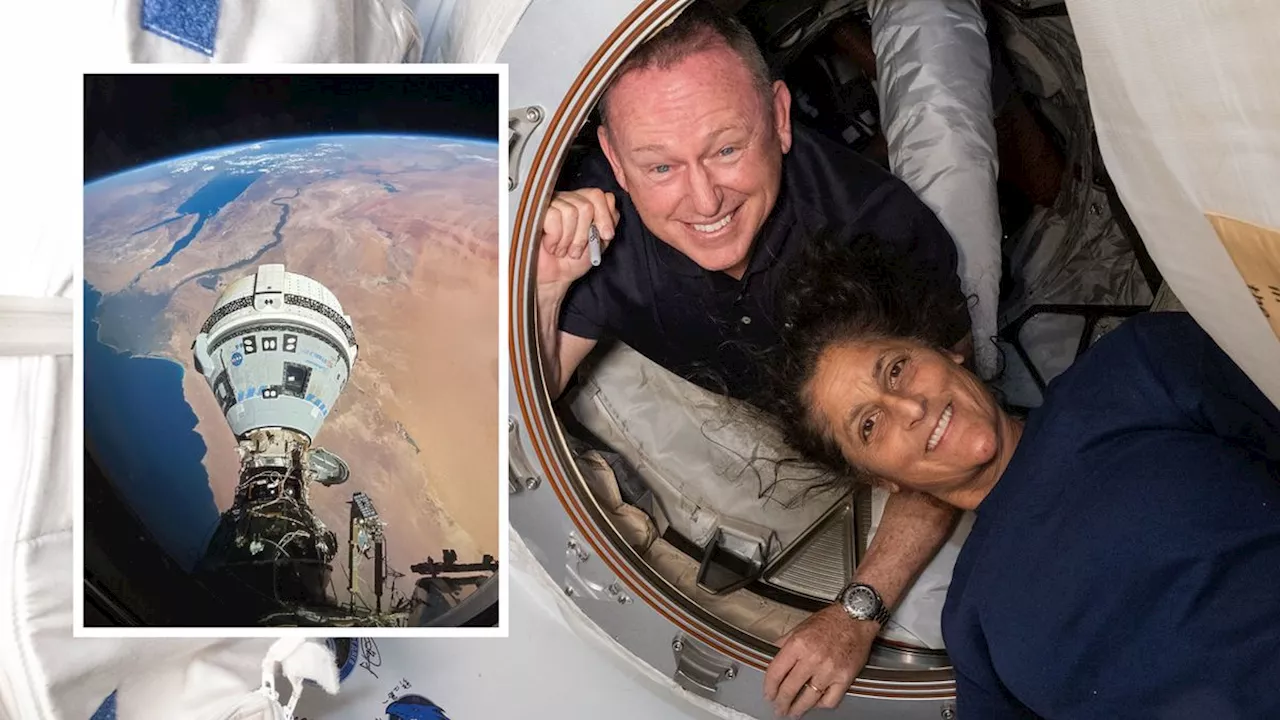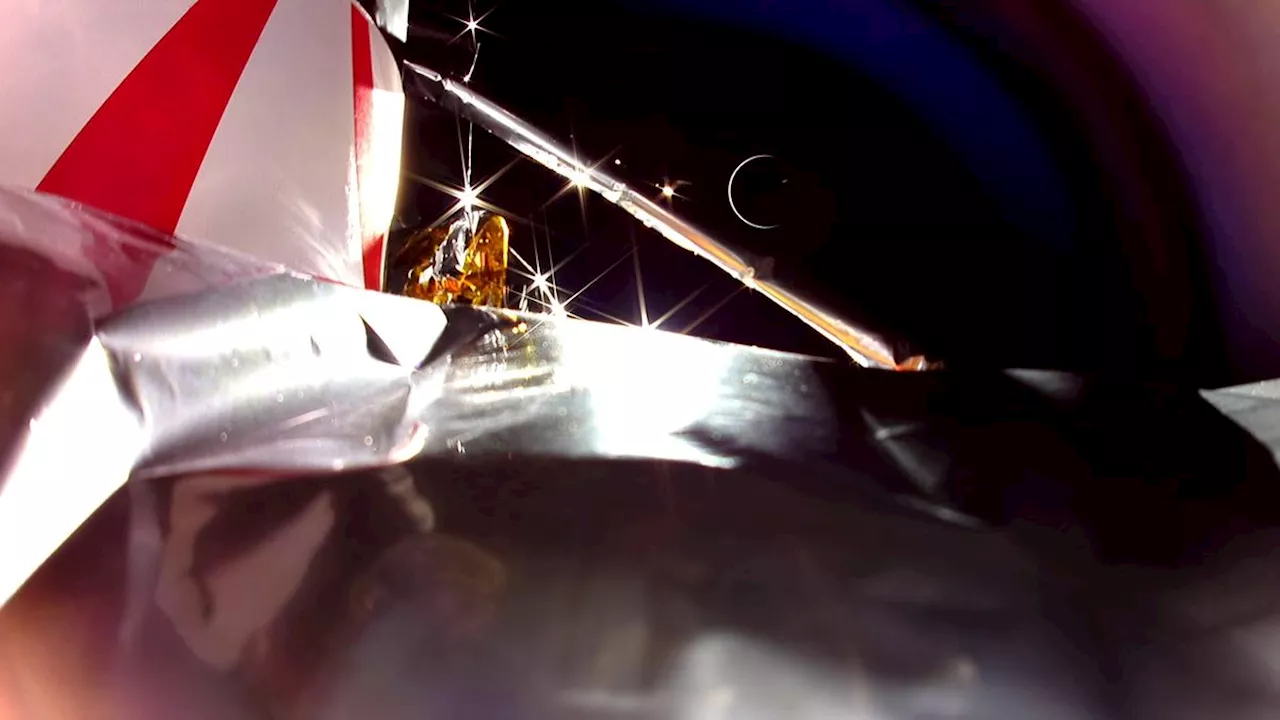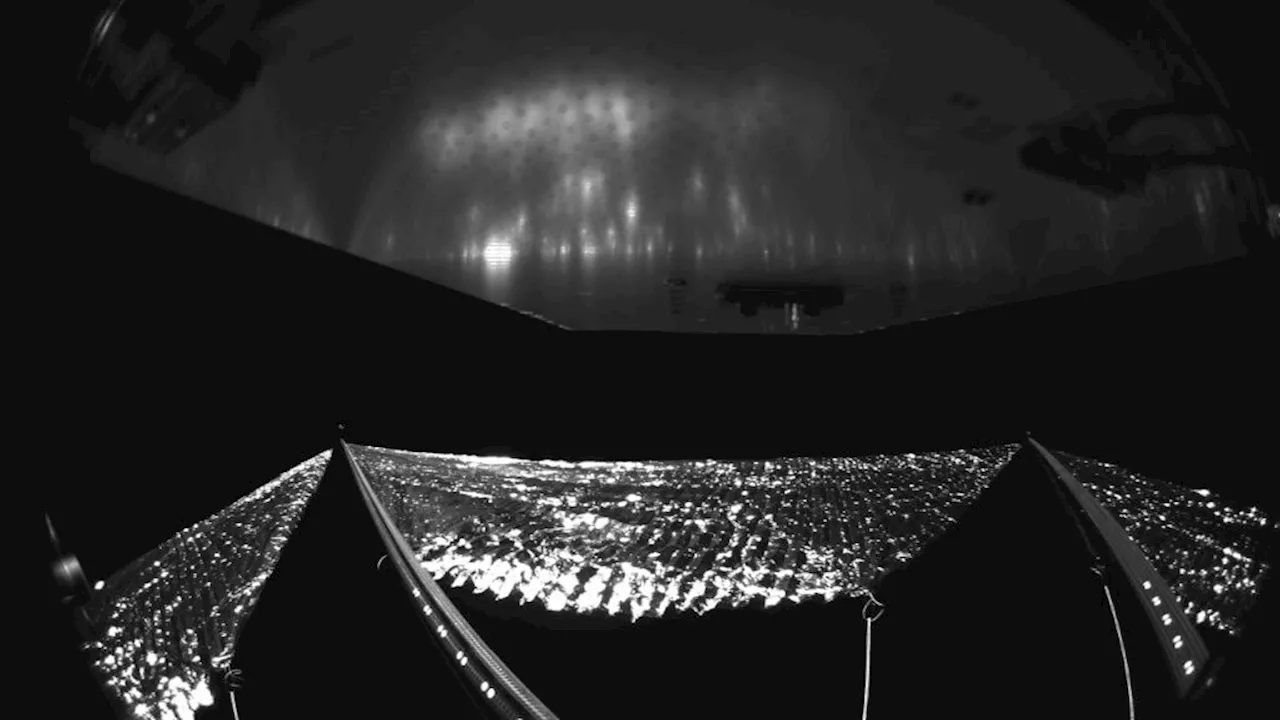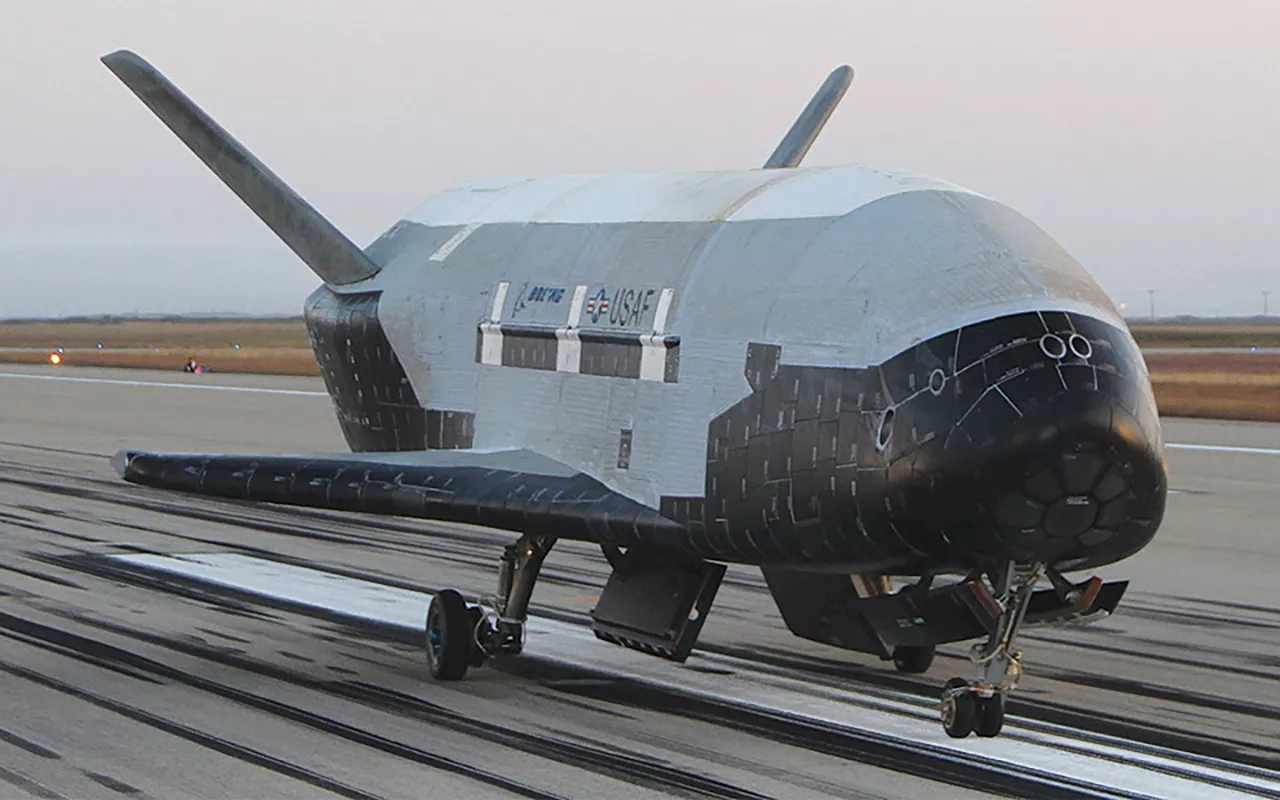Monisha Ravisetti is Space.com's Astronomy Editor. She covers black holes, star explosions, gravitational waves, exoplanet discoveries and other enigmas hidden across the fabric of space and time. Previously, she was a science writer at CNET, and before that, reported for The Academic Times.
Jam packed issues filled with the latest cutting-edge research, technology and theories delivered in an entertaining and visually stunning way, aiming to educate and inspire readers of all agesIf we took a scenic drive through every era of astronomy, we'd start somewhere among ancient humans wondering why there are stationary fireflies stuck in the sky.
This massive galaxy sample set, in fact, came from an even more massive set that Ghosh managed to obtain with the help of machine learning. That original set, achieved with a surveying tool called GaMPEN, encompassed data surrounding 7,805,186 galaxies — the smaller subset for this new study was selected based on where the galaxies are in the sky.
"Our collaborators in Japan, led by Rhythm Shimakawa, measured environmental densities," Ghosh said."They used a non-ML computer algorithm to place circles with radii of 30 million light-years in different portions of the sky and count the number of galaxies within each circle — circles in denser regions have a higher-than-average count."
Plus, not only is this the largest catalog ever used for a study about galactic size and environment — and, Ghosh speculates, most likely in the top five for any astrophysical study — but it also sports an error correction mechanism Ghosh says was more or less absent in previous similar studies, thanks in part to the machine learning component.
Two views of a galaxy cluster are seen. On the right, areas where dark matter is expected to exist are shaded in blue."Our work shows that when you average over many, many clusters, dark matter becomes the primary driving force, reversing the trend seen in individual clusters," Ghosh said.
United States Latest News, United States Headlines
Similar News:You can also read news stories similar to this one that we have collected from other news sources.
 Scientists collect high-resolution images of the North Star's surface for 1st timeMonisha Ravisetti is Space.com's Astronomy Editor. She covers black holes, star explosions, gravitational waves, exoplanet discoveries and other enigmas hidden across the fabric of space and time. Previously, she was a science writer at CNET, and before that, reported for The Academic Times.
Scientists collect high-resolution images of the North Star's surface for 1st timeMonisha Ravisetti is Space.com's Astronomy Editor. She covers black holes, star explosions, gravitational waves, exoplanet discoveries and other enigmas hidden across the fabric of space and time. Previously, she was a science writer at CNET, and before that, reported for The Academic Times.
Read more »
 Stuck Boeing Starliner astronauts will return home on a SpaceX Dragon in 2025, NASA saysMonisha Ravisetti is Space.com's Astronomy Editor. She covers black holes, star explosions, gravitational waves, exoplanet discoveries and other enigmas hidden across the fabric of space and time. Previously, she was a science writer at CNET, and before that, reported for The Academic Times.
Stuck Boeing Starliner astronauts will return home on a SpaceX Dragon in 2025, NASA saysMonisha Ravisetti is Space.com's Astronomy Editor. She covers black holes, star explosions, gravitational waves, exoplanet discoveries and other enigmas hidden across the fabric of space and time. Previously, she was a science writer at CNET, and before that, reported for The Academic Times.
Read more »
 Why the 1st private lunar lander failedMonisha Ravisetti is Space.com's Astronomy Editor. She covers black holes, star explosions, gravitational waves, exoplanet discoveries and other enigmas hidden across the fabric of space and time. Previously, she was a science writer at CNET, and before that, reported for The Academic Times.
Why the 1st private lunar lander failedMonisha Ravisetti is Space.com's Astronomy Editor. She covers black holes, star explosions, gravitational waves, exoplanet discoveries and other enigmas hidden across the fabric of space and time. Previously, she was a science writer at CNET, and before that, reported for The Academic Times.
Read more »
 NASA spacecraft captures 1st photo of its giant solar sail while tumbling in spaceMonisha Ravisetti is Space.com's Astronomy Editor. She covers black holes, star explosions, gravitational waves, exoplanet discoveries and other enigmas hidden across the fabric of space and time. Previously, she was a science writer at CNET, and before that, reported for The Academic Times.
NASA spacecraft captures 1st photo of its giant solar sail while tumbling in spaceMonisha Ravisetti is Space.com's Astronomy Editor. She covers black holes, star explosions, gravitational waves, exoplanet discoveries and other enigmas hidden across the fabric of space and time. Previously, she was a science writer at CNET, and before that, reported for The Academic Times.
Read more »
 International Space Station crew carries out archeological survey in spaceAn archaeological strategy adapted for space used daily photos to reveal how astronauts actually use areas aboard the International Space Station -- and how this differs from intended uses.
International Space Station crew carries out archeological survey in spaceAn archaeological strategy adapted for space used daily photos to reveal how astronauts actually use areas aboard the International Space Station -- and how this differs from intended uses.
Read more »
 Space photographer captures photo of secret Chinese space planeAn amateur space photographer has captured a photo of the elusive Chinese space plane, which continues to take part in mysterious missions.
Space photographer captures photo of secret Chinese space planeAn amateur space photographer has captured a photo of the elusive Chinese space plane, which continues to take part in mysterious missions.
Read more »
